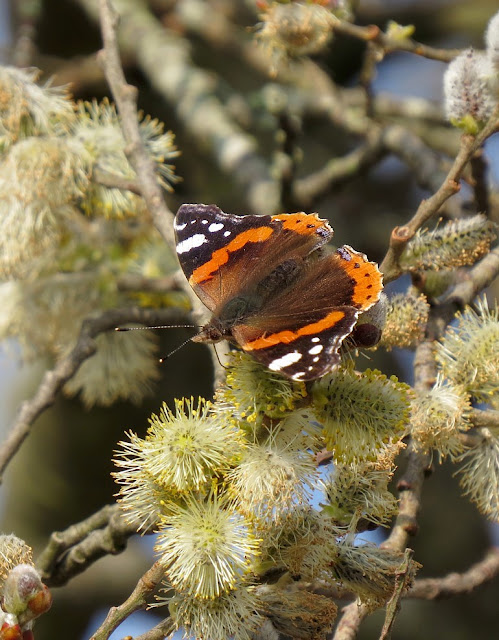The colour varies between brown like this one and much more green individuals which are mostly the males I think.
Like this one. They also have a few bright blue scales along the lower flank as can also be seen here.
Again this feature is more common on males.
They can be seen pressing their body flat against the rock surface for maximum warmth.
This Bloody Nose Beetle was a little too big to become a meal.
A larger male was approaching this individual which caused it to engage in a rather endearing leg waving behaviour. Its little legs started waving around like windmills.
This encounter ended with the smaller lizard making a hasty retreat after its submissive display.
This female was ignoring the easy meal right beside her as she was watching an approaching male.
He grasps her by the tail
He gradually moves his grip to the middle of her body before copulation takes place but they moved behind the rock out of sight before this happened.
Who wouldn't with a paparazzo snapping away!





















































